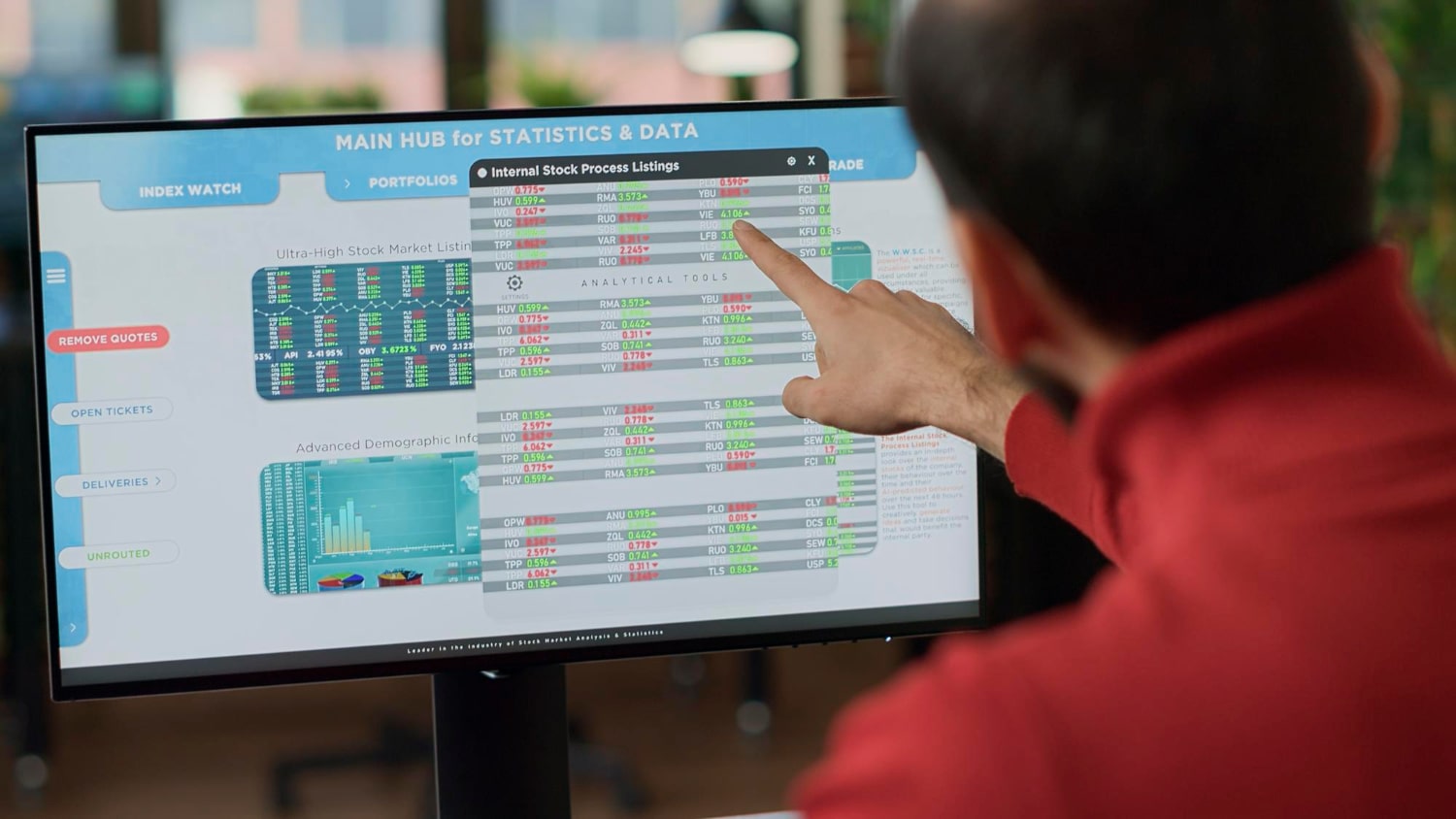Throughout history, brewers have experimented with different flavors, ingredients, fermentation, and slight tweaks to the process. Fritz Maytag, who won the James Beard Foundation’s Lifetime Achievement award in 2008, said it best: “Beer does not make itself properly by itself. It takes an element of mystery and of things that no one can understand.” However, to make a reliable profit alongside a tasty beer, mystery becomes less of an option as breweries of all sizes and styles become well-regulated businesses.
Part of your organization’s process is knowing exactly what you have in every keg, cooler, and tank, or else too many uncertainties can topple your business. One of the most important elements is your brewery inventory control. This includes how much of every ingredient is in your brewery as well as how much of your product is at every store or warehouse.
These data points are logistical necessities for keeping a continuous flow of beer coming out of your facility and into the hands of customers, retailers, and restaurant venues. While your recipes might remain shrouded in mystery from the outside looking in, there shouldn’t be any mysteries for your internal team. Start making your brewery inventory control more transparent by learning the six keys to success.
Brewery Inventory Control Is the Secret to a Successful Business
Brewery businesses need inventory control to manage consistency: consistent taste and mouthfeel of each drink, consistent shelf life for retailers and quality control, and consistent delivery cycles for reliability. This concept is the foundation of a great business relationship with any distributor or POS partner.
While your business partners and patrons will see consistency as part of your organization’s character, it’s more about systems and methods than mettle. The right automation, data tracking, and control measures will go further making your business processes efficient than anyone’s avid dedication. Prioritizing inventory control—which is made up of processes and a holistic view of your data that can alert you to any emerging inconsistencies—is vital for building and sustaining a successful business.
Related: 7 Ways Software Can Strengthen Your Brewery’s Inventory Management Process
At the end of the day, good brewery inventory control should give you this:
- Constant intake of ingredients and materials so your brewery operation never has to halt
- Complete insight into the stages of every batch
- Alerts when on-site and off-site product is nearing its expiration date by tracking kegs and keeping active records of how long beer has been in each keg
- Overarching supply chain management with all of your sellers and distributors
Control Your Business by Controlling Inventory Levels, Thresholds, and Processes: 6 Things You Need for Success
There are three broad categories of inventory your brewery needs to monitor: incoming materials, in-process batches, and outgoing product. Within these categories are even more pulleys and levers that grant you much granular control over your business’s success—if you have the right tools and knowledge. Develop these six keys for effective brewery management:
1. Understanding the Ins and Outs of Inventory Management—Foundational Knowledge Is Crucial
Like the brewing process itself, brewery inventory management can be incredibly complex. It requires time to master and a solid grasp of fundamentals. Before moving forward, dedicate time for yourself and your team to learn:
- Inventory management basics, such as implementing regular inventory checks
- The terminology surrounding inventory management
- Different processes for inventory control, especially in the food and beverage industries
- Quality control management, such as how to ensure your systems are operating properly
Once you’ve developed this cornerstone knowledge, you can better identify the software, procedures, and automations that are the right fit for your operation.
2. Inventory Tracking Software That Aligns With Your Business Processes
Today’s breweries don’t have to rely on manual inventory tracking or spreadsheets—and they shouldn’t. Too much of your inventory’s data will be in flux every single day and even multiple times throughout the day. Instead of dedicating hours to traditional data collection and analysis, start searching for a software solution that:
- Automatically collects data from internal inventory, active brews, and product logistics
- Integrates with tools from every department, including sales (ex., Shopify, VIP), finance (ex., QuickBooks, Xero), taproom (ex.,Square, Arryved), and more
- Provides actionable insights and easy-to-read reports
- Gives all of your staff a single source of truth for data so everyone’s in sync and on the same page
3. Automate Your Processes as Much as Possible for Proactive Monitoring
While one important key to brewery inventory control is software that operates as a single source of truth, it shouldn’t stop there. Assess your inventory processes and available business management software to see what you can automate. This could include:
- Automating your orders for more materials and ingredients whenever they reduce to a certain threshold; then you don’t have to worry about slowing production until your next order comes in
- Automatically generating TTB and excise reports; when all of your data flows into one program, you can shave off hours of manual data searching and aggregation for compliance efforts
- Data syncs that exchange and update information across different programs; this ensures everyone is operating from the same facts and that your customers aren’t placing orders for out-of-stock goods
Prioritizing automation saves your team members time and reduces the risk of a costly mistake. It’s also a vital prerequisite for making your business scalable.
4. Forecasting With Your Data and Industry Standard Data
Management of brewery inventory requires a solid grasp of the present: the levels of ingredients you have on-site, the stage of every batch in production, and the list goes on. But to level up your control, your systems must also be able to look into the future. Since brewing high-quality beers can take multiple weeks just for the fermentation stage and kegs of beer aren’t meant to last forever, your team needs to walk a narrow tightrope of preparing to meet demand but not producing excess product that will go to waste.
Related: Take the Next Step in Brewery Record-Keeping
If you’re just starting inventory control processes and don’t have historical data, operating from industry-standard benchmarks can give you a great platform for standardizing your efforts. As you gain more insight into the volume and frequency of customer orders across different seasons, you can start to develop forecast models. These tools let you predict future inventory needs with growing accuracy. As a result, you can better meet demand without last-ditch efforts, order inventory more cost-efficiently, and be able to set clearer quotas and goals.
5. Be Ready for Problems—How Will You Handle Waste?
Great brewery inventory control processes reduce the risk of waste and emergencies, but they can never eliminate them. That’s why the fifth key to inventory control is being ready for problems.
What’s your process for identifying and disposing of wasted product? What will you do if your primary supplier doesn’t have your ingredients or they increase their prices beyond what you can accommodate? Create processes for handling common risks and a process for expediting unusual emergencies that need immediate handling.
6. Grade Your Inventory Management Success, and Set Goals to Make Performance Even Stronger
Every brewery will have its own processes, and that translates to unique inventory control playbooks. Your methods may also evolve over time as your business changes, and you may continually devise new ways to track the same processes better. Schedule quarterly review and assessment tasks so you can continually improve your control systems to meet your brewery’s needs.
Management Software Is One of the Keys to Effective Brewery Inventory Control
The right brewery business management solution will set the stage for an inventory control system you can trust. Ekos offers complete business and data management, automation, and integration with the rest of your tech stack so you always know the state of your product inventories. Reach out today to see how our platform can fit your processes.



